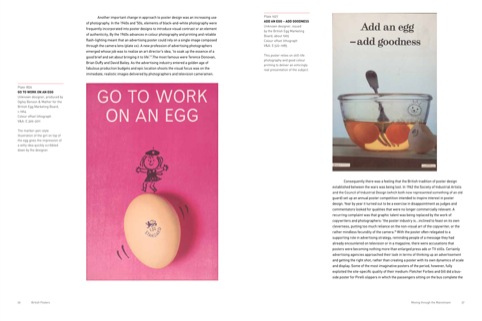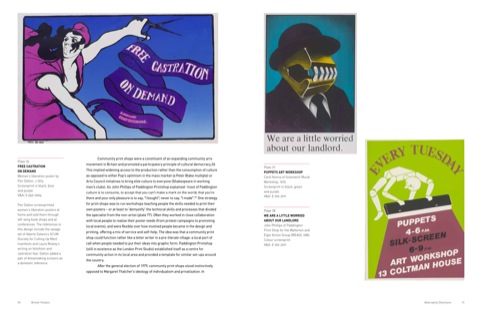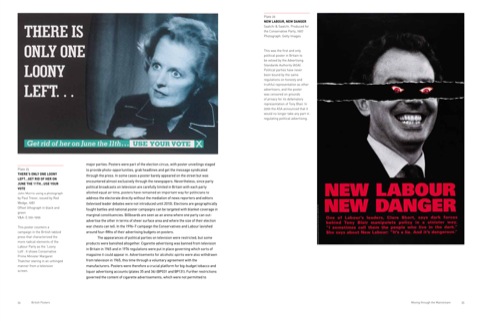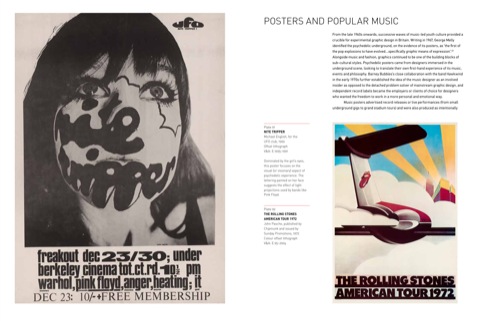British Posters: Advertising, Art and Activism
Although it goes without saying that in an age driven by digital, the role of the poster is rapidly changing, British Posters: Advertising, Art and Activism demonstrates the enduring importance of posters as a hugely powerful medium.

Indeed, what other format would allow the 1962 Keep Britain Tidy next to rock band the Pixies’ Victorian freakshow-esque promotional poster, the 1987 lithograph by Vaughan Oliver? What else could seamlessly link 1960s acid-soaked psychedelia and Tony Blair-as-devil?

Elevated to artform status, the poster has found a new role in projects including the Art on the Underground installations, limited-edition commissions and self-publishing enterprises, which despite the increasingly shortened, online nature of communication, continue to flourish.

The book examines the duality of posters as ephemeral – torn and frayed on billboards, and littering pavements – to prized possessions adoring the walls of teenage bedroom and galleries alike. Split into three main sections – Moving Through the Mainstream; Alternative Directions; and Into a Digital Age, we see posters as post-war communication, political propaganda, pop-art and psychedelia, to 21st Century Street Art.
There’s a fascinating photograph of some original 1959 works that were lost and forgotten in the depths of Notting Hill Underground station, and rediscovered in 2010; as well as the iconic 1951 Festival of Britain posters – reinvigorated last year for its 50th birthday.

The book shows the power of advertising, including the famous 1969 pregnant man by Saatchi, a potent, yet inherently funny ad for The Family Planning Information Service. There’s also terrifying political propaganda in the form of John Morris’ ‘There’s Only One Loony Left’ Labour poster form 1987, emblazoned with a deranged-looking Thatcher; and the ‘New Labour, New Danger’ Saatchi campaign with Blair as the devil, from 1997.

Chapter two goes on to chart the rise of the poster’s power not only to persuade, but to adorn, as aesthetic pieces of beauty in their own right. Led, perhaps, by pop-artsits such as Richard Hamilton, posters promoting gigs and clubs, such as those for the UFO Club in London by Hapshash and the Coloured Coat [https://www.designweek.co.uk/turn-on-tune-in/3029474.article]; Barney Bubble’s iconic Ian Dury artworks, and Jamie Reid’s 1977 god Save the Queen Sex Pistols poster, have gone on to eclipse in visibility the things they initially set out to promote.
British Posters: Advertising, Art and Activism is published by V&A Publishing priced £19.99
-
Post a comment




